Although it may seem paradoxical, “oil-less” air compressors have been utilized for decades and continue to be employed for various projects. From power tools, to tire inflation, to paintball tank refills, these compressors offer a plethora of practical applications and have reigned as a go-to option.
An oil-less air compressor is an ideal solution for all your compressed air needs as it doesn’t require any lubrication to keep running. It is also referred to as a “maintenance free” type of compressor due to its specially designed components and materials that eliminate the need for oil. All that it needs is a reliable air filter in order to remain functional. So, why should you choose one? Well, with an oil-less compressor, you can enjoy a hassle-free technology with a minimum amount of maintenance required.
An oil-less air compressor eliminates the long-term need for costly and time-consuming oil purchases, storage, and disposal, offering a more sustainable and economical solution. It also tends to come in a smaller size, creating less of a burden during transportation and storage. As such, oil-less compressors can prove extremely convenient.
Oil-less air compressors are the perfect choice when reliability is essential. With no oil to worry about, you can rest assured that there will be no contamination or heat-related breakdowns that can lead to failures. Furthermore, these compressors produce significantly less noise than oil-lubricated models, making them ideal for indoor use.
Despite being more expensive upfront, oil-less air compressors provide valuable savings and longer lifespans compared to those that run on oil. This frequently offsets the additional cost, making them a wise investment. Moreover, these compressors do not require the frequent maintenance of purchasing and disposing of oil, resulting in lower upkeep costs over time.
When evaluating an oil-less air compressor for your needs, consider the purpose for which it will be utilized. If you are intending to use the compressor to supply power to air tools, you should opt for a unit with more capacity for higher pressure and volume. Conversely, if the compressor’s main function is to inflate tires or fill paintball tanks, then a lighter and more compact model that operates with lower pressure and smaller amounts of air should meet your needs.
Choosing an oil-less air compressor for your needs can provide considerable peace of mind and financial savings. With fewer maintenance requirements and a notably quiet performance, they offer the comfort of reliability and eco-friendly technology. Indeed, if you are looking to purchase an air compressor, be sure to take an oil-less model into consideration.
Growing in incentives, oilless air compressors are becoming the go-to choice for a myriad of purposes, such as driving pneumatic tools and filling tires. Contrasting traditional oil-lubricated compressors, these money-saving devices offer user-friendly maintenance and increased safety; however, there are trade-offs to consider. Below, we’ll examine the features, advantages, and downsides of oilless air compressors in addition to some frequently employed applications.
The motor driving an oilless air compressor is linked up to a compression pump, which in turn pressurizes air and channels it into a central storage tank. This type of compressor offers the advantage of needing minimal upkeep due to not requiring any oil, saving users on maintenance costs and delivering additional security. Furthermore, the combination of no oil and no combustible material in the system means that the odds of a fire or explosion are dramatically reduced.
Oilless air compressors can bring a variety of budget- friendly and energy-efficient benefits to the table compared to their oil-lubricated counterparts. Compared to an oil-run system, the lack of oil means less funds need to be spent upfront and throughout ownership in purchasing and replacing oil itself. Additionally, the energy requirement to heat the oil as it moves through its compressor is no longer necessary, leading to a more efficient system overall. As if that wasn’t enough, the device’s lifespan can gain an extra boost from not having any lubricant present, meaning there is less wear and tear throughout time.
When compared to typical oil-lubricated air compressors, the advantages of oilless compressors are quite clear. They require fewer maintenance demands, needing only the occasional check and clean of the air filter. Furthermore, these oilless machines are much lighter and more compact than their counterparts, making them much simpler to take from place to place and install as desired.
Although oilless air compressors boast various benefits, they should be used with caution. They are not as powerful as their oil-lubricated counterparts, and they tend to be noisier – a factor that should not be overlooked if the environment demands the utmost quiet. Furthermore, oilless compressors are not suitable for applications requiring large amounts of compressed air due to their decreased power.
Oilless air compressors have become an invaluable part of mechanic’s workshops, industrial factories, and general applications. In the automobile world, they provide the power essential for everyday use items like ratchets, impact wrenches, and sanders. Additionally, they can handle intricate tasks such as powering an air-powered grease gun or keeping tires inflated. In industry, oilless compressors are deployed to power pneumatic systems that drive machinery like conveyor belts and assembly lines.
All in all, oilless air compressors provide advantages which include cost savings, a simpler upkeep, improved security, and higher energy efficiency. Although they do not match the capabilities of oil-lubricated ones and certain uses are not suitable for them, they are becoming increasingly sought after due to their affordability and wide-ranging purposes.
Post time: 2023-07-20Related Product
Warning: Use of undefined constant rand - assumed 'rand' (this will throw an Error in a future version of PHP) in /www/wwwroot/www.sunritamachinery.com/wp-content/themes/msk5/single.php on line 69
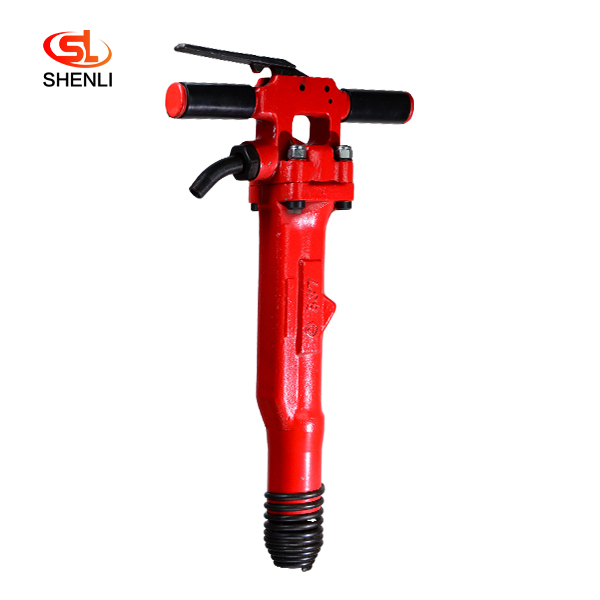
B37 Pneumatic Pick Air Shovel Cement Crusher Pneumatic Chipping Hammer
Product Description: B37 pneumatic crushing pick is a tool powered by compressed air. The compression the air is distributed to the two ends of the cylinder block in turn, so that […]
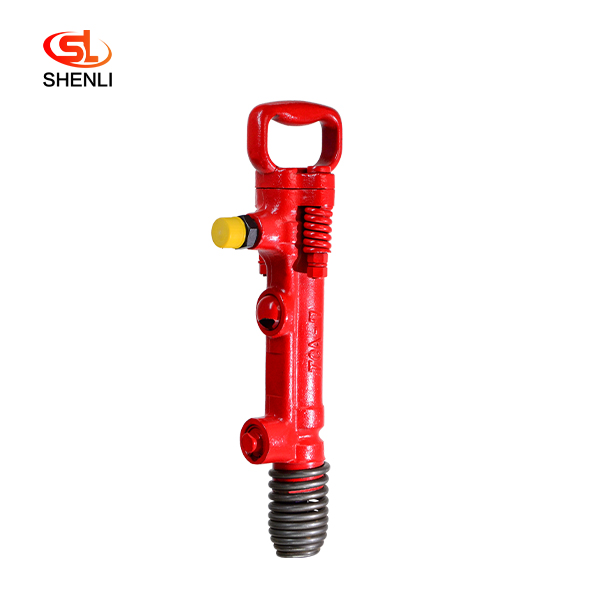
TCA7(G7)Pneumatic Pick Air Shovel Cement Crusher Pneumatic Chipping Hammer
Product introduction: Adopted Japan’s Toku technology, the air picks with proven forging technology are durable, lightweight and good performance, and easy to operate. Mainly […]
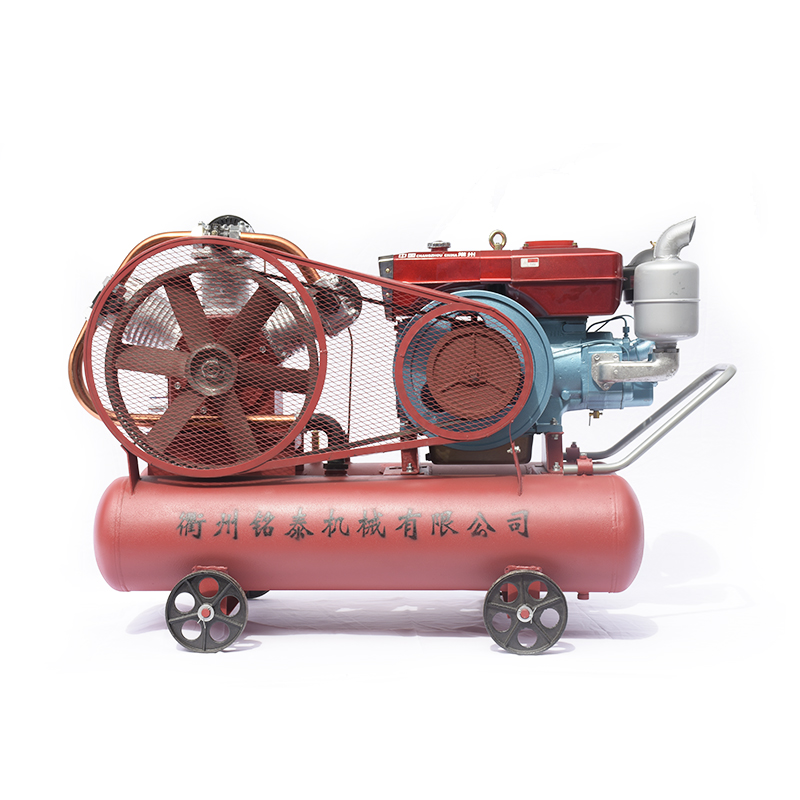
18.5KW Mining Diesel Piston Air Compressor W3.0-5
Advantages Small in size,light in weight, easy to move Top material and superior technology Simple structure, high efficiency, good performance, and low price Adopt the most popula […]
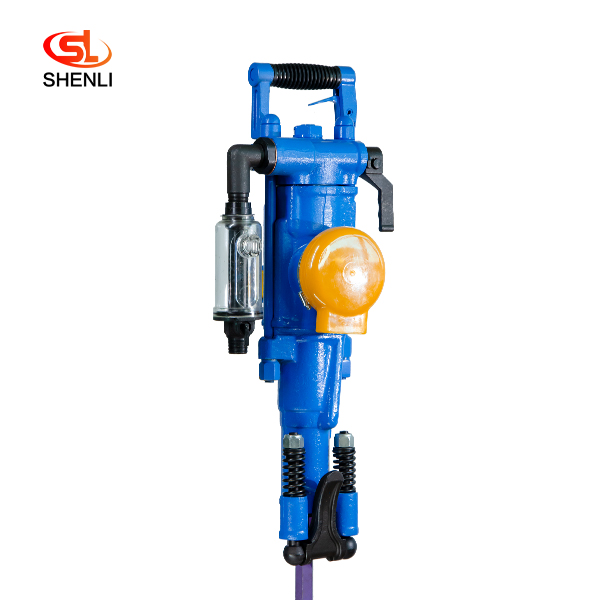
YT28 Pusher Leg Rock Drill
Short Description: The YT28 air-leg rock drill is a kind of high-efficiency, energy-saving and environmentally friendly rock drilling equipment. Compared with similar pneumatic pro […]
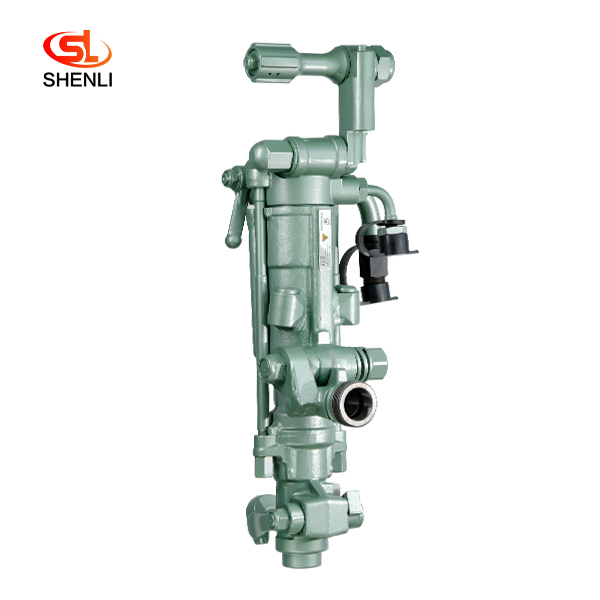
S250 Air Leg Pneumatic Rock Drill Pusher Leg Rock Drill
Product description: (S250 jackleg Drill) has been the preferred choice of miners who demand high performance, superior control and lasting reliability. the S250 jackleg allows ope […]
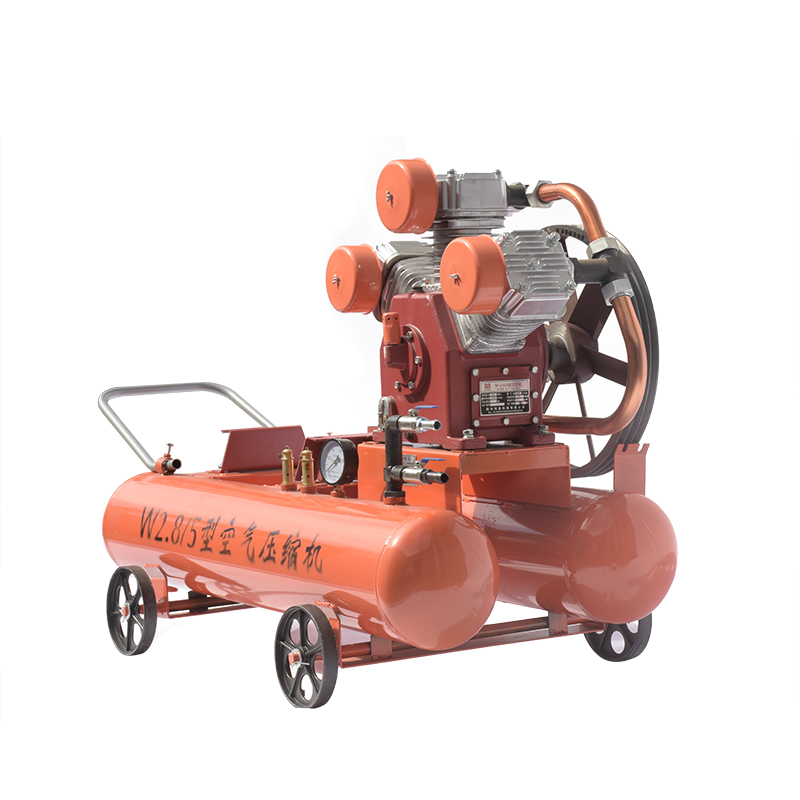
15KW Mining Diesel Piston Air Compressor W2.8-5
Diesel Portable Piston Air Compressor Mobile for Jack Hammer / Mining 1.Simple structure,light weight,easy to move . 2.Easy operating and maintenance. 3.High quality air delivery. […]
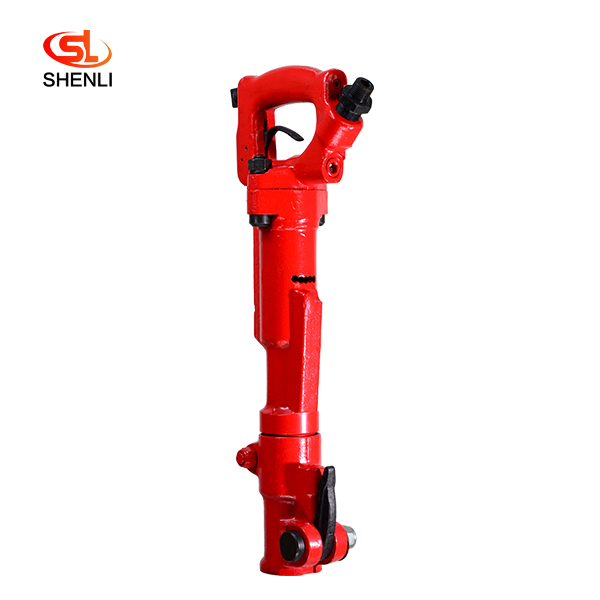
TCD20 Pneumatic Pick Air Shovel Cement Crusher Pneumatic Chipping Hammer
Product description: The TCD-20 pneumatic pick is powered by compressed air using Japan’s TOKU technology Crushing tools, features: lightweight, small size, large strike ener […]
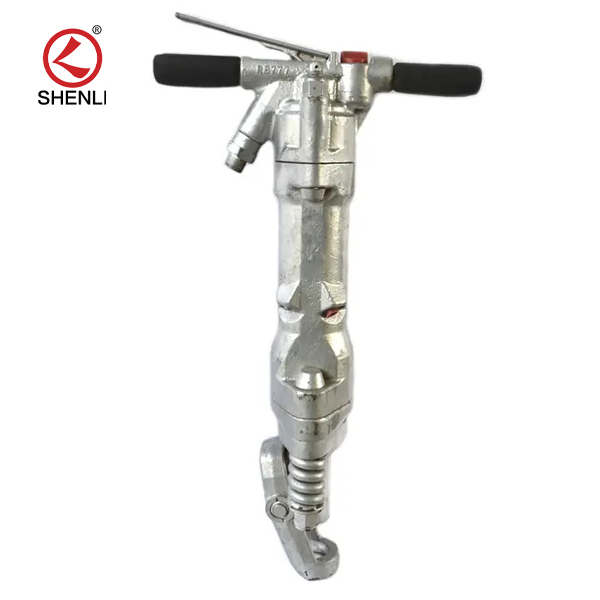
RB777 Pneumatic Pick Air Shovel Cement Crusher Pneumatic Chipping Hammer
Product description: RB777 pneumatic picks are used to build roads, install works of broken concrete and other hardens Hard object tools, the machine structure is simple, high effi […]
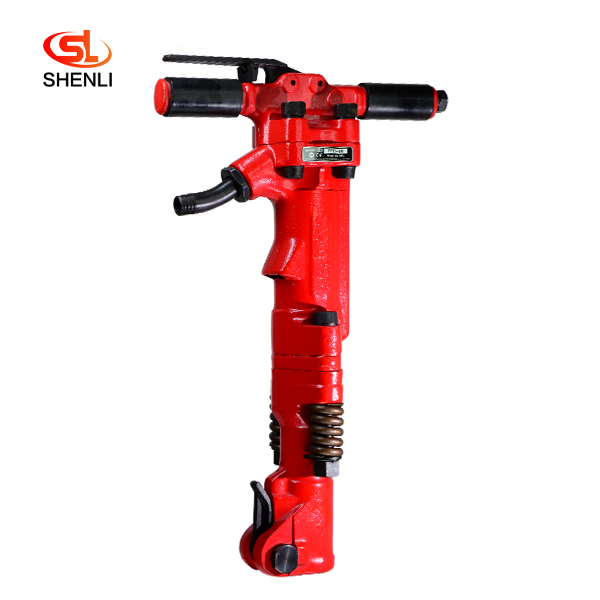
TPB6 Air Concrete Breaker Pneumatic Pick
Product introduction: TPB-60 crusher adopts the mature technology of TOKU Group, Is compressed air as the power of the crushing tool, can efficiently complete the reinforced concre […]